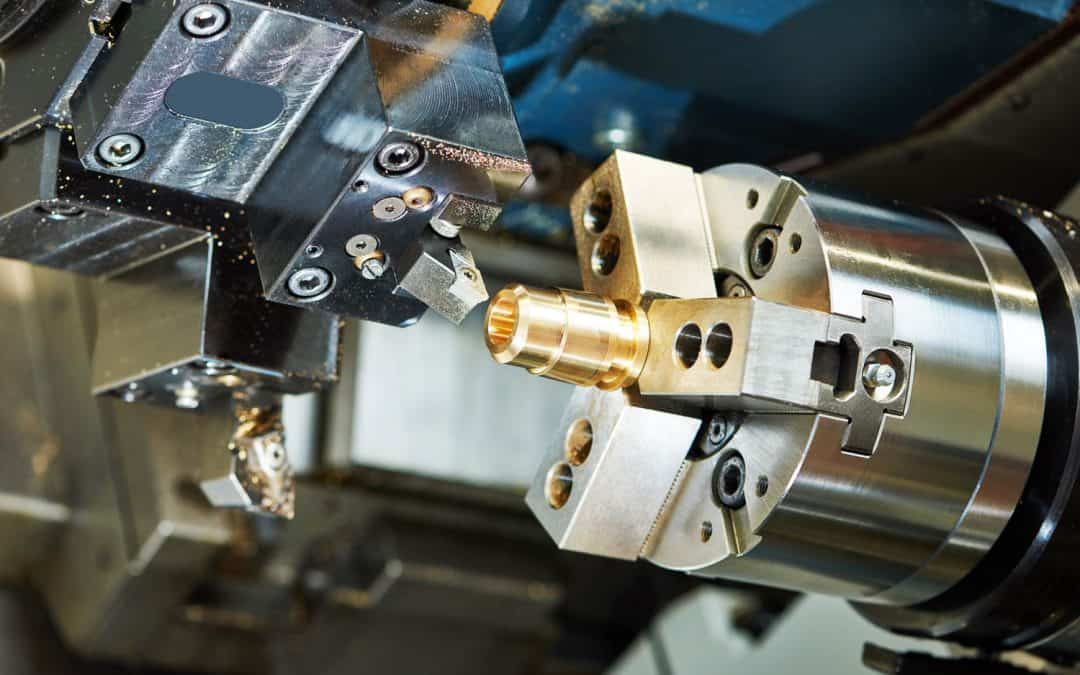A brass instrument may look simple-a brass tube with pistons or a slide and a tapered bell section that flares out at the end-but it isn’t that straightforward. It’s not just the shape of an instrument that matters; it’s also the material from which its components are made. The music industry demands durable and corrosion-resistant metal parts that are aesthetically attractive. Brass meets those requirements. However, an even more impressive key feature of brass is that it can be machined at very high speeds while maintaining the tight tolerances that are crucial for high-quality musical components. And it does it all with minimal tool wear.
It’s no wonder then that brass holds a special place in the world of music. From traditional instruments such as trumpets and trombones (which use several machined components made from brass rods) to electronic instruments such as drum machines and synthesizers (which incorporate brass electrical components), brass has been the material of choice for decades. In fact, trumpet and trombone parts machined from brass bar stock include valve casings, mouth pieces, bottom valve caps, ballisters and valve case blanks as well as internal moving parts such as a trombone’s rotary valve.
Brass has been such a long-standing staple in the production of musical instruments primarily due to its amazing versatility and durability, and most importantly, its reliability when machined. Consider this: instruments are complex devices with a myriad of moving parts – and those parts must be perfect. On average, there are about 150 individual parts per horn and approximately 85% of them involve some type of machining. But when machining parts for musical instruments, those parts must be custom machined with little in the way of size deviation. A variation of just 0.0001” on the taper of a mouthpiece shank, for instance, equates to it sliding into a horn 0.002” too deep, which would dramatically affect the sound quality of the instrument.
Meeting those stringent demands, especially when producing musical instruments for world-class artists, means achieving extreme levels of machining precision and quality. This is where the ease of using modern CNC machine tools on brass offers a solution – in instrument quality as well as in manufacturing productivity and profitability. Most machine shops drastically underestimate the properties of brass and run it as much as 85 percent slower than is actually possible with today’s advanced machine tools. However, once shops abandon these outdated, overly conservative assumptions, they can machine brass at higher speeds and feeds to increase part productivity.
Brass is able to be machined at high speeds while still holding very tight tolerances, and the material’s durability means it can also withstand long production runs, which is easier on cutting tools. In fact, a study conducted by CDA and TechSolve found that brass can be turned at 3,000 surface feet per minute for over four hours with minimal tool wear.
The use of CNC while machining brass for musical instruments also greatly improves productivity because prototypes for a mouthpiece, for example, can be designed, shaped and tested on a horn within a matter of minutes. The moment a mouthpiece is manufactured, a professional musician can use the new part to assess how it affects the tone and pitch of an instrument while listening to ensure it is in tune within its desired dynamic range. CNC operators can then obtain instant feedback about an instrument’s performance so the part can be re-machined until it achieves perfect tolerances and, subsequently, pitch-perfect sound quality.
Musical instruments are, after all, about the sound they produce. Three elements contribute to a player’s sound, and the first — the player’s buzz — must be matched up with the other two: the material attributes and the shape of the instrument’s interior, which defines the pathway for the player’s air. Change the brass grade or gauge, and you change how the instrument sounds and projects. One type of brass alloy composition can produce a darker, rounder, heavier sound, while another composition will generate a brighter, lighter sound.
The quality of an instrument is directly tied to the type and quality of the brass from which it’s made and how that brass is machined. Manufacturers of musical instruments have consistently turned to brass over the years because it’s durable and easy to machine. Moreover, it meets the special requirements of the music industry, namely it’s aesthetically attractive, corrosion resistant and, most importantly, able to withstand crucial tight tolerances that can have a dramatic impact on an instrument’s sound.


Recent Comments